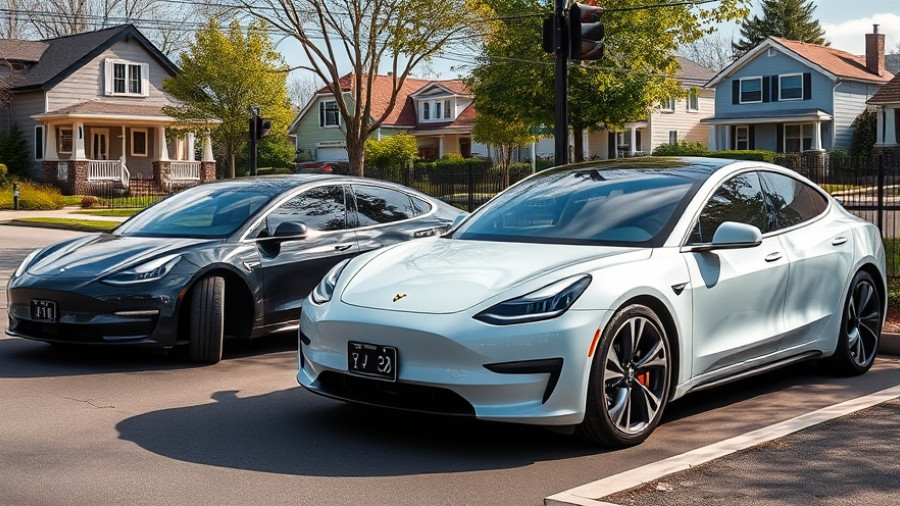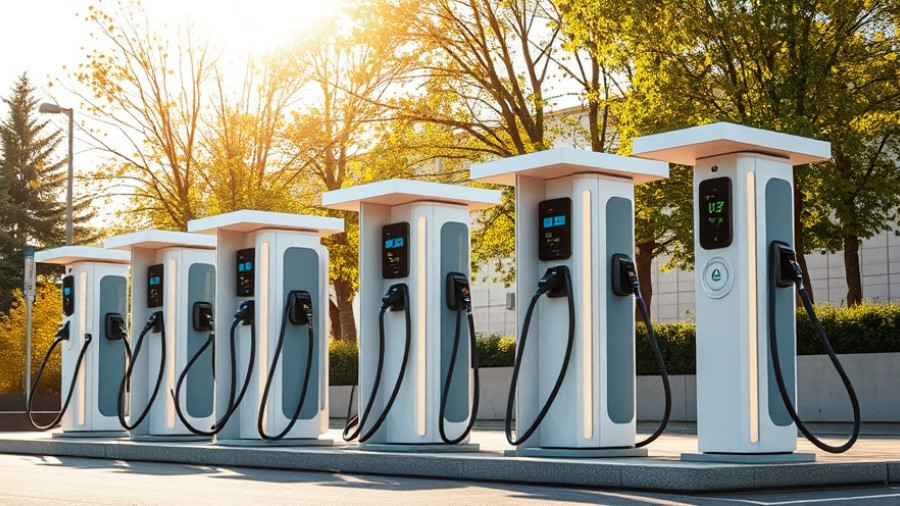
California's EV Mandate Under Siege: A Major Legal Challenge
The US Supreme Court has recently reignited concerns regarding California’s ambitious electric vehicle (EV) mandate, which could potentially reshape the landscape of green energy in the state and beyond. In a ruling that has sparked heated debates, the court allowed fuel producers to legally challenge California’s stringent vehicle emissions regulations, targeting its plan to ban the sale of new petrol cars by 2035.
The Implications of the Court's Ruling
This decision, issued with a 7-2 majority, fundamentally questions the authority bestowed upon California under the federal Clean Air Act to impose tighter emissions standards than those set by federal law. With a significant stake – both in terms of market size and environmental health – California has historically operated as a leader in setting standards that other states often follow.
In granting fuel producers the right to contest these regulations, the Supreme Court has opened the door to potential rollback of long-standing environmental policies that have spurred rapid advancements in the EV market. As noted by the dissenting Justice Ketanji Brown Jackson, this ruling seemingly favors the interests of corporations over nationwide environmental concerns, emphasizing the balancing act between economic models and the urgent need for climate action.
The Future of Electric Mobility: Navigating Uncertainty
While California's aggressive push for EV adoption has made significant strides in the automotive sector, the reversal of the state's authority could inject a considerable amount of uncertainty into future policy planning. Nearly 12% of all US auto sales originate from California, reinforcing its role as a litmus test for evolving automotive strategies and investments in electrification.
The ruling comes at a time when the electric vehicle sector is seeking stability and growth amidst an increasing demand for sustainable transportation solutions. As stakeholders, including OEMs and EV-related businesses, evaluate their future strategies, there is an urgent need for clarity regarding regulatory frameworks and market access.
Broadening the Discussion: National vs. State Autonomy
The conflict exemplified in this case reflects a broader national discourse about states' rights versus federal oversight. California has historically leveraged its unique conditions to enact laws addressing its severe air quality issues, which have been exacerbated by vehicle emissions. As the state works towards net-zero emissions goals, this Supreme Court decision poses a significant challenge, potentially restricting its ability to control its environmental destiny.
Potential Responses to the Ruling
Given the weight of this ruling, California may need to bolster its legal stance. This could involve mobilizing support from other states or environmental organizations to reinforce the necessity of stringent emission standards. Moreover, California's administration has indicated readiness to fight the ruling in court, emphasizing that leadership in emission regulations is critical for addressing climate change and promoting public health.
Concluding Thoughts: The Way Forward for Green Energy Advocates
The implications of this Supreme Court decision extend beyond California, affecting the entire landscape of EV policy in the United States. As the debate unfolds, advocacy for stricter emission standards and rapid EV adoption could become more crucial than ever. California's commitment to green energy serves as an essential catalyst for innovation in the automotive industry, as other states observe its forthcoming policies.
As concerns about climate change grow, stakeholders in the green energy market, including homeowners and businesses, must advocate for sustainable practices that align with evolving regulatory frameworks. Supporting renewable energy solutions not only helps fight climate change but also paves the way for a cleaner, more efficient future.
 Add Row
Add Row  Add
Add 



Write A Comment